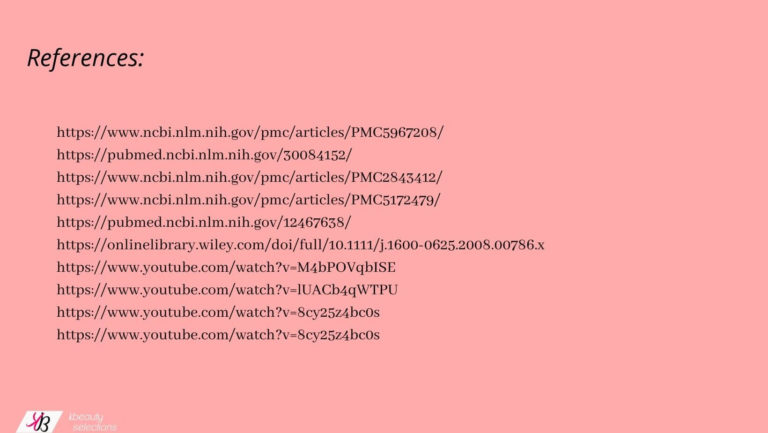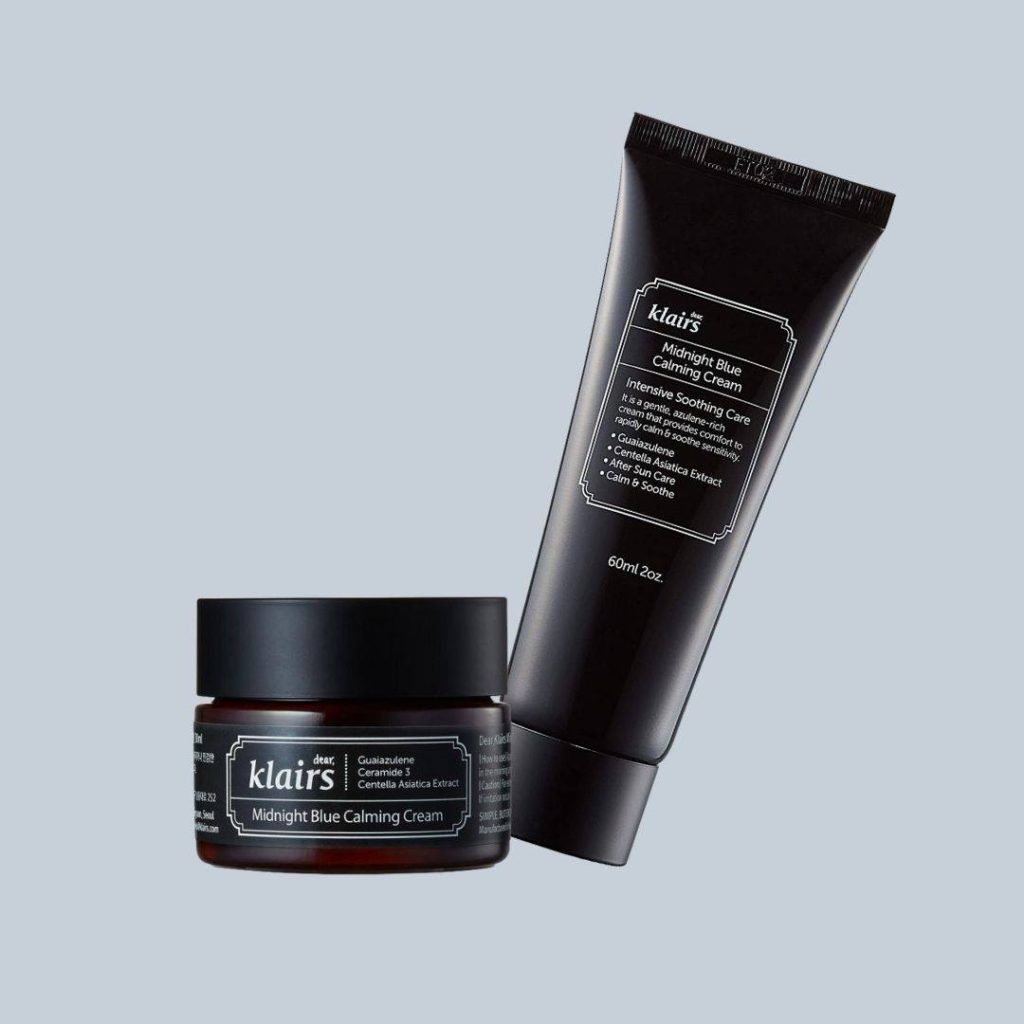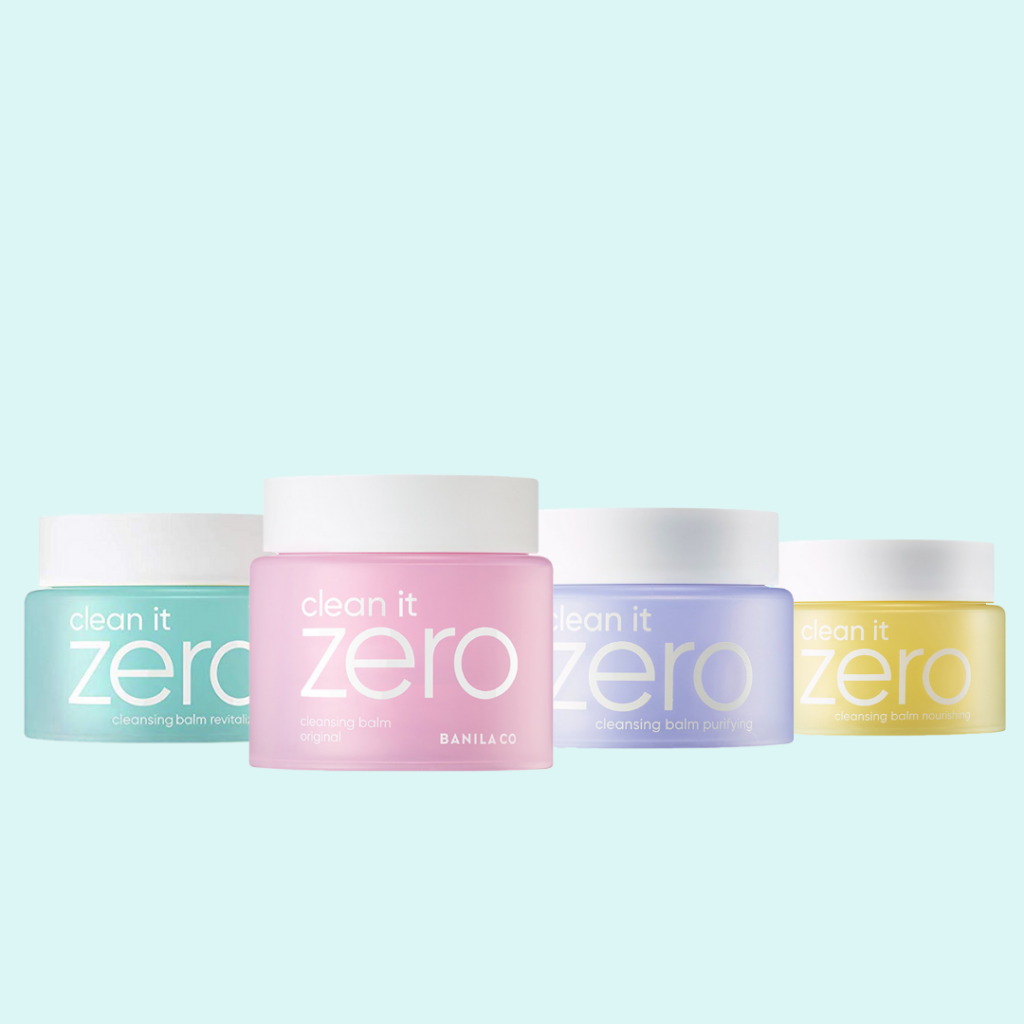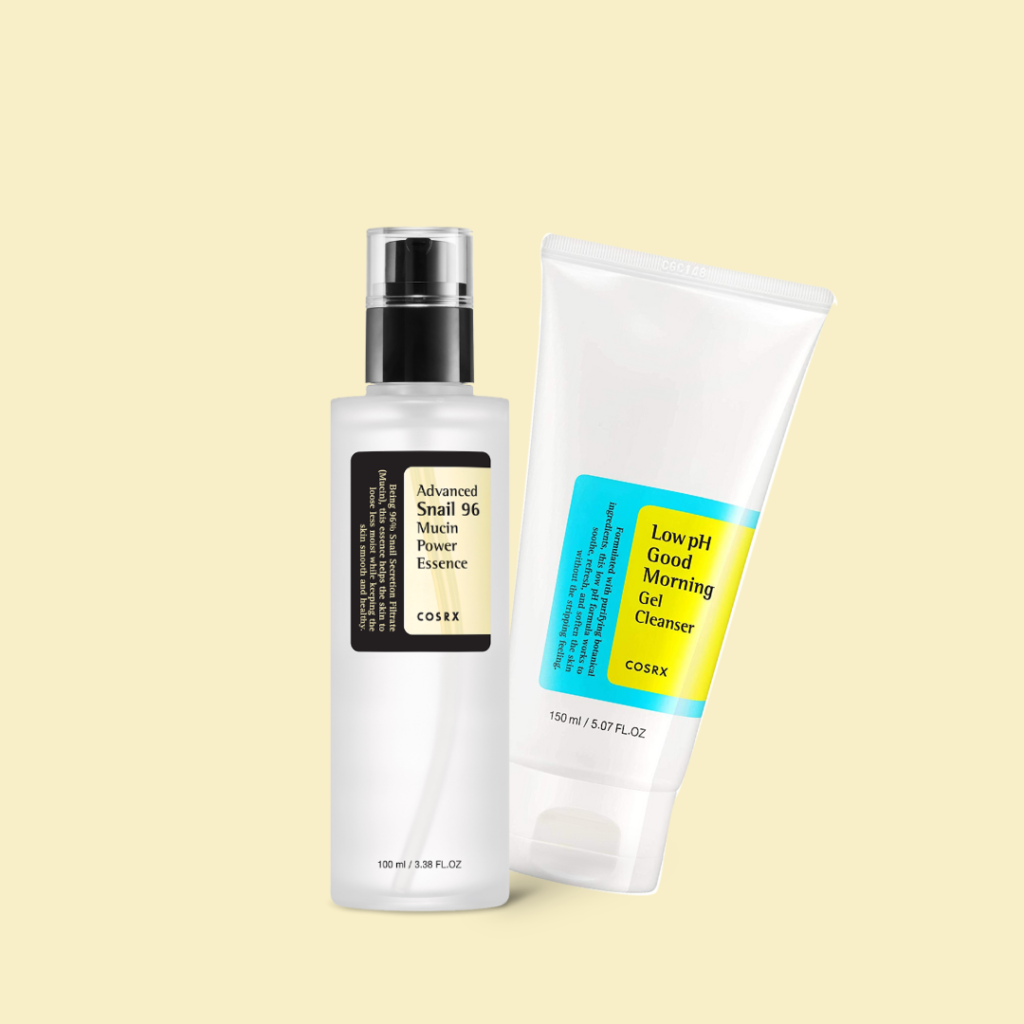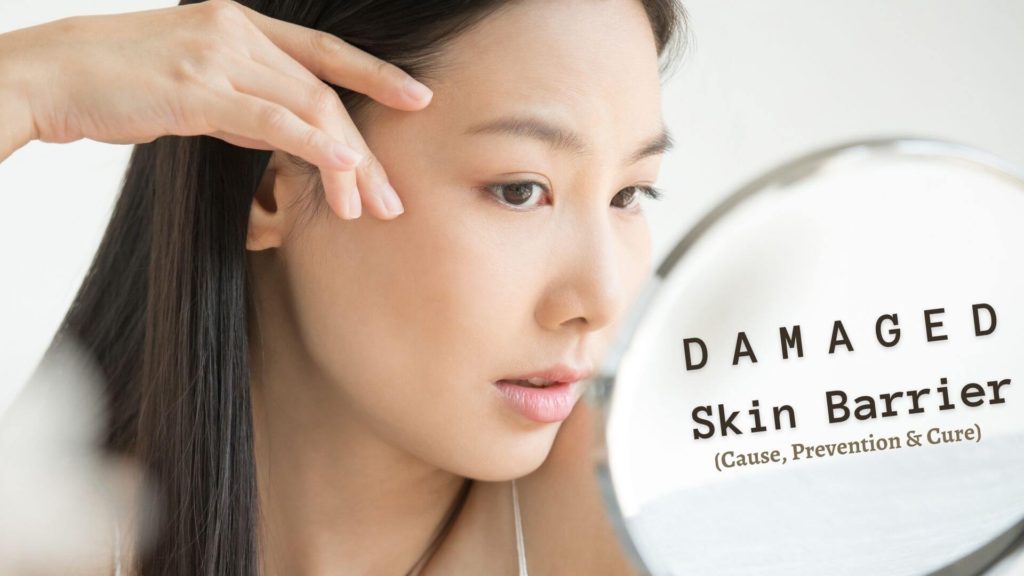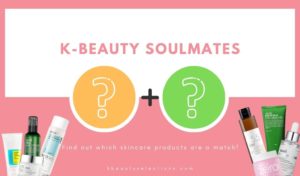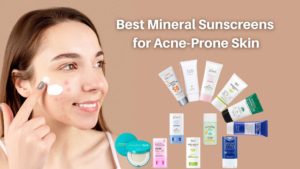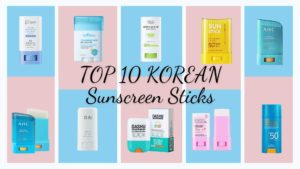Have you been experiencing skin sensitivity lately? Red patches, flaky skin, discomfort, itchiness, awfully painful red acne? Does applying a beauty product burn, irritate, or sting? If yes, your skin barrier is probably impaired.
In this article you will learn about the following:
(Disclaimer: This page may contain affiliate links! When you purchase something from our website, we earn affiliate commissions [at no extra cost to you]. This will help keep the website going.)
Importance of skin barrier
So what is the skin barrier? This is the outermost layer of the skin. It’s called in so many terms such as moisture barrier, lipid barrier, acid mantle, or the scientific name stratum corneum. This is our skin’s protective layer that serves as 2-way protection – internally and externally.
Internally, our skin barrier locks in moisture and keeps our skin hydrated. While externally, it blocks harmful, unwanted toxins, bacteria, allergens, and irritants from penetrating our skin.
So can you get the picture now of what will happen if you damage your skin barrier?
Read on.
Signs of a damaged skin barrier
Once the skin barrier is damaged, it no longer works as a “barrier”. An impaired skin barrier lets irritants and allergens in without a fight. Meaning, you’re giving all the environmental factors (such as pollution, UV rays, and possible chemicals) a free pass to sensitize your skin.
Aside from that, it also transports the moisture out of your skin, leading to water loss or skin dehydration.
You can then experience any of the following signs:
- overall skin discomfort
- itchiness
- oily but dehydrated skin
- skin tightness
- red patches
- flaky skin
- inflammation
- acnes
What can damage the skin barrier
There are internal and external factors always ready to contribute damage to our skin barriers. While there are some factors we hold no control of such as genetics; for example, people with skin conditions like eczema are born with weaker skin barriers. Or you may think of extreme changes of temperature like the winter season that can cause drying of the skin or even chapping of lips as a sign of damaged skin barrier.
But more than genetics and the extremity of weather, most of the reasons why our skin barrier gets weakened and eventually gets damaged are due to our daily practices and habits. Are you guilty of the following?
1) Over-washing
Have you been washing your face more than twice a day in the hope to get rid of oily skin or control sebum production? Or maybe you just wanna stay “fresh” as much as possible and your remedy is washing your face in between breaks?
Then you are slowly but surely, damaging your skin barrier.
First, overwashing dries out the skin. You may think for a second that you washed off all the dirt and oiliness and were thrilled by the temporary effect, only to end up with an even more oily skin. Unfortunately, you cannot outsmart your skin because it will eventually notice that the oils are missing. So then it produces more oil, making your skin even oilier than before. Excess oil is an open invitation to acne.
Second, it will rip off the natural lipid components which are essential to protect our skin from water loss and will result in skin dehydration. A good example here is staying too long in the water (swimming) and ending up with wrinkled hands or feet like dried raisins. Wrinkled skin is an indication of water loss or skin dehydration.
2) Wrong choice of facial cleansers
Harsh soap/cleansers
·Cleansers should be gentle. If you are experiencing a squeaky clean, tight feeling after cleansing, then it contains ingredients or chemicals that can strip off the moisture from your skin.
High or extremely low pH
· Surprisingly, our skin’s protective barrier is naturally, slightly acidic. This is also why it is sometimes referred to as “acid mantle” and the reason why it’s compatible with slightly acidic skincare products.
The acidity is essential to maintain the skin barrier function in balance and to fight against the growth of harmful bacteria-causing infections that can lead to acne or inflammation.
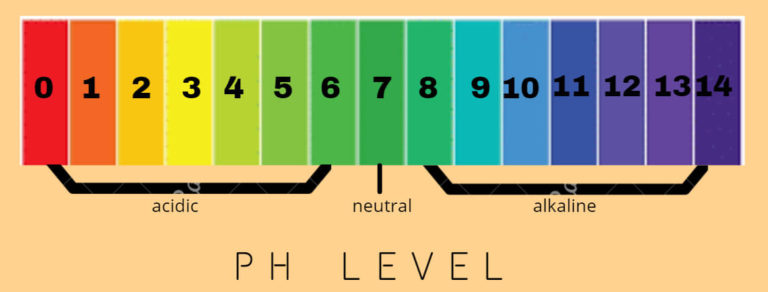
In a pH scale ranging from 0-14, the neutral no. is 7 (e.g water). Anything below 7 is considered acidic while anything that goes above pH level of 7 is alkaline.
A healthy skin natural pH hovers around level 5.0 – 5.5. Disrupting the pH balance can make your skin dry or oily that causes inflammation and breakouts.
3) Water temperature
Another common mistake done by many aside from overwashing is using either too hot or ice-cold water on the face.
Hot water can strip off skin’s natural oil and dry out skin. Earlier, we’ve discussed that the more you try to remove it, the oilier your skin gets. An oily skin invites… breakouts (that’s right!).
On the other hand, washing your face with too cold water can clog pores. This is because the excess oils cannot be dissolved in cold waters. And clog pores still end up with breakouts.
If your skin turns red that means the water is either too hot or too cold. The recommended temperature is only lukewarm, never too cold nor extremely hot.
4) Overpeeling
This, I for one, plead guilty and have to pay the price of a damaged skin barrier. There are 2 kinds of peeling – physical and chemical. But how do they differ?
When you say physical exfoliators, these are the scrubs where you can feel tiny beads to remove dead skin cells.
On the other hand, chemical exfoliators are referred to as acid peeling. These skincare products contain AHA, BHA, or PHA to exfoliate the skin.
You can read more about physical and chemical exfoliants through our DECODING ACIDS IN SKINCARE: AHA, BHA, AND PHA blog.
According to Dr. Anne, there are about 10-20 layers of dead skin cells in our protective skin barrier. But as we age, the cell turnover process gets slower; piling up to 30-35 layers of dead skin cells which makes our skin look less vibrant, dull, and tired.
This is why we need the help of exfoliators to rejuvenate and reveal a beautiful, new layer of skin. Also, by exfoliating, you are removing the dead skin cells that can clog pores that end up with blackheads and pimples.
However, overplaying with it is the problem. If we keep exfoliating the top layer of the skin, we are robbing off its protective barrier and will eventually weaken and damage the skin barrier.
How often should I exfoliate?
Moderation is the key. According to Dr. Phoenyx Austin, MD. (creator of Dr. Phoenyx Nutrition & Skincare for women), once or twice a week is enough.
Again, let’s be gentle on our skin. Choose either of your preferred exfoliants, one at a time. Anything that makes skin transform (e.g skin color & texture), will make our skin permeable and vulnerable.
Also, beware of overdoing exfoliation simply by combining exfoliators with other skincare products that have an exfoliating effect. There are a lot of skincare products in the market with exfoliating ingredients that you may not be aware of. Are you paying time to check the labels?
Here are some examples of ingredients or products you should not combine or include in your routine when exfoliating.
- Retinol
- Vitamin C
5) Multiple products
Believe me, I know that the skincare market is overflowing with promising products to achieve the glass skin goal. That dream sometimes includes impulse buying and trying out everything your eyes see in ads, influencers, YouTubers, and recommendations from friends. But again, greed can cause harm, and this time, it can cost you your skin barrier.
This doesn’t mean though that the Korean practice of long and at most 10 step skincare routine is wrong. However, especially if you are new in the world of skincare, you should let your skin familiarize one product at a time. Or even if you are a pro, your skin still needs time to adjust, familiarize and determine how your skin reacts to it.
Aside from bombarding your skin with multiple beauty products, you might also be guilty of jumping from one product to another, real quick. This too can cause harm to your skin barrier.
Another one is the combination of your skincare products. You may not know that you are using a handful of products that cause exfoliation, peeling away the protective skin barrier.
Lastly, not all skin types and conditions are the same. Get to know more about your skin and how much it can take.
It’s time you reevaluate your skincare products, routine, and practice. Instead of giving your skin the TLC (tender loving care) it needs, you might only cause more harm in it.
How to repair the damaged skin barrier
Simplify your skincare routine
Time to tone down the usage of beauty products and give your skin a breather. By that, we need to get back to the basics – a gentle cleanser, moisturizer, and SPF (optional). Focus on what can help your skin bounce back and set aside the other products, at least temporarily.
Moisturize, moisturize and moisturize
When our skin barrier gets damaged, the danger of Transepidermal water loss (TEWL) or skin dehydration is high. To help our skin from getting dehydrated and replenish the lost lipids, we need to aid it with moisturizing creams. Check out the recommendations below.
Remove makeup
Part of going back to basics is removing makeup and anything that can further clog the pores. Makeup might also further irritate your already irritated skin with it.
Sun Protection
If you can’t help but go out on some days, you need extra protection from UV rays which causes several skin problems. Use a non-comedogenic SPF or sun creams that protects but doesn’t clog the pores.
Products that can help repair the damaged skin barrier
- Gentle cleanser
Let’s start with cleansers. Pick a gentle cleanser that won’t strip natural oils and with an ideal pH level of 5 – 5.5. Here are some of the options you can choose from:
2. Moisturizing creams
Next is to help repair the skin barrier and prevent water loss by keeping your skin extra hydrated and moisturized. Before we proceed, did you know that the skin barrier is composed of 60% ceramide, cholesterol, and free fatty acids?
So look for a moisturizer with ceramide content. Also, panthenol shows promising studies to help protect the damaged skin barrier. Here are some of the options:
A broken skin barrier may take 2 weeks to a month to heal naturally. If irritation persists and out-of-control breakouts occur, please see a dermatologist.
